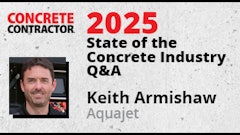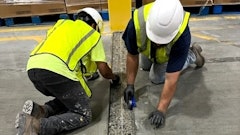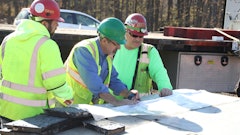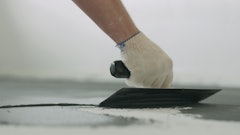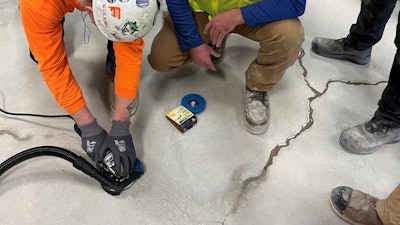
Given time, concrete will inevitably crack. Concrete doesn’t care if it was placed for a warehouse, dining room area in a new restaurant, or an older concrete floor. Despite being a seemingly straightforward process, a crack repair can easily fail if not done properly. After assessing the damage, Nick Demonte, ITF cement mason coordinator for the Operative Plasterers’ & Cement Masons’ International Association (OPCMIA) says the first step is to plan and prepare a mock-up.
“Setting the customer’s expectations is the number one priority,” Demonte says. Whether you’re working with an owner of the building or the general contractor, having a meeting with them is going to be vital at the beginning of the job. Doing a mock-up will be instrumental in ensuring all parties involved understand the cost of your repair and the scope of the work.
Since everyone will want to see how their newly repaired floor may eventually look, making a mock-up will help manage expectations, but Demonte advises doing so in the worst area of the floor: the space that's beat-up the most. 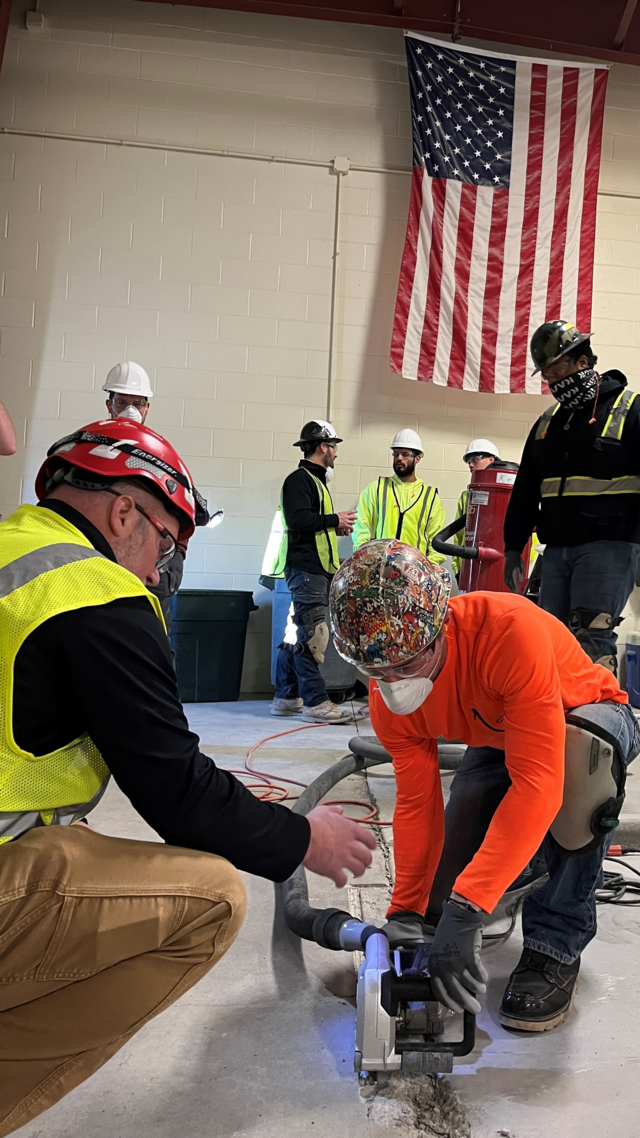 Operative Plasterers’ & Cement Masons’ International Association
Operative Plasterers’ & Cement Masons’ International Association
Size your mock-up based on how much work will need to be done. Among the many factors, consider if bolts are popping up, trenches installed, required saw cuts, staining, if you will need to match the size of an exposed aggregate, etc. Consider your time. Time is money and production is key; the mock area should be large enough to set expectations for quality and price.
Make sure joints get vacuumed out because if there’s any silica dust, any grindings, shavings—anything loose—will need to be completely cleaned. Any loose material will prevent any repair product from achieving the appropriate bond. Your preparation before installing any type of repair is going to be key, says Demonte.
Preparation
How much to cut into the slab will depend on the width and depth of the crack. Every situation will be unique. In OPCMIA training sessions, Demonte says they suggest cutting about 2-in. deep and then reassessing. Look at the edges of the saw cut. Will it need to be made wider? Are there imperfections?
“A lot of the times you’re turning an old warehouse into a polished floor area,” says Demonte. “They might have been running tow motors [or] pallet jacks, those wheels going over those joints tend to crack the edges even more.” The depth and width of the damage will help dictate what type of materials to use. Faster-setting concrete repair products and two-part epoxies tend to be more costly than regular joint fillers.
The size of the damage (or crack) relates to how you want to treat the area. For a hairline crack, Demonte explains that something roughly 1/8 of an inch wide or less, he suggests opening it up with tools like a nylon or soft wire wheel. For 1/8 of an inch or wider, his suggestion is to utilize an angle grinder with a U or V blade to open the crack up a bit; aim to go down about 1/2 to 3/4 of an inch.
The key here is to create a new surface for the repair product to bond while avoiding damaging any steel reinforcement within. Any bolts exposed should be trimmed to below the surface and chip the surrounding concrete away. Of course, treat any rebar corrosion.
Safety first, reminds Demonte. “Make sure that you're wearing your proper PPE. Debris can be flying up. Make sure you have the safety glasses on. Make sure that you have gloves on. A lot of these wheels tend to explode and can do a lot of damage. Always make sure that you're wearing the right protection,” he says. A mask or respirator may be needed.
- Utilize water to help with dust control
- Use a vacuum system with a HEPA filter to clean the crack and to help keep the air clean
- Make sure to have the right engineering controls
- Ensure grinders feature appropriate vacuum systems - whether your crack chasing or polishing
- Wear proper PPE
Filler Material
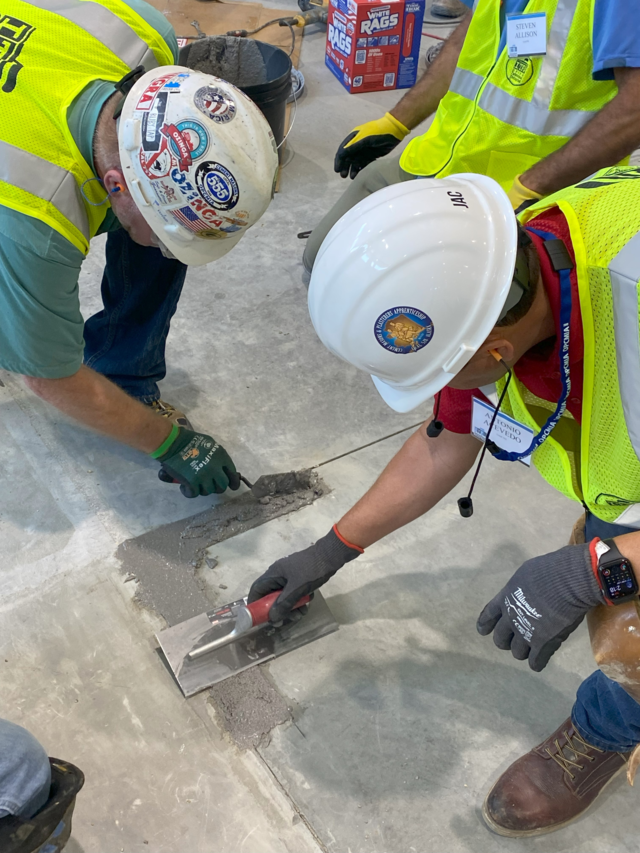 Operative Plasterers’ & Cement Masons’ International AssociationOnce cleaned, the crack will be ready for repair material. The OPCMIA offers a train-the-trainer class on concrete crack repair with experienced journeymen as instructors. While their repair training features Metzker McGuire products, there are countless options for repair material on the market and some may behave differently than others based on concrete quality, even the freeze/thaw cycle can be a major factor. Experience and time should lead you to “the sweet spot” when you find a product that works for you and your area. Be sure to read the label and manufacturer directions to use the right repair product for the situation at hand.
Operative Plasterers’ & Cement Masons’ International AssociationOnce cleaned, the crack will be ready for repair material. The OPCMIA offers a train-the-trainer class on concrete crack repair with experienced journeymen as instructors. While their repair training features Metzker McGuire products, there are countless options for repair material on the market and some may behave differently than others based on concrete quality, even the freeze/thaw cycle can be a major factor. Experience and time should lead you to “the sweet spot” when you find a product that works for you and your area. Be sure to read the label and manufacturer directions to use the right repair product for the situation at hand.
Be sure to know if you’re using a fast- or slow-setting product. Noting “time is money,” Demonte prefers using a fast-setting repair material when possible. “If I’m waiting for those slower products to take place, I’m going to have to be really organized on how I’m attacking this floor area because I have to take that into consideration,” he says. Also, consider any necessary decorative requirements and if the repair product you’re using can be customizable to match the slab. Follow the manufacturer’s steps as needed. Color and stain matching any complex decorative elements may require additional time.
The application of the product depends on how large of an area is being treated. Many products can be applied using a cartridge gun. There are a variety of these tools available, some are designed for dual cartridges for convenient application of a two-part epoxy. Different repair product manufacturers may require purchasing their tool to install the product. A two-component joint filler pump may be needed for larger areas.
Demonte recommends filling the crack to the point to ensure adhesion; overflow it just a little bit. This may take a few applications. Once cured, return with a or grinder (handheld or walk-behind if the area is large enough to warrant) later and make it flush with the slab. “You don’t want a big mushroom cap over the width of the joint, you want it to be just enough so it covers the whole thing,” he advises.
The depth of the slab usually dictates how the depth of the crack. Since it’s likely safe to assume that the crack is going all the way through the slab come back once or twice with the repair material. If the crack does travel through the slab and depending on how fast the product sets, injected material can sometimes seep underneath the slab and fill any voids beneath.



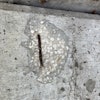
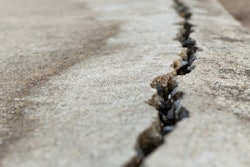
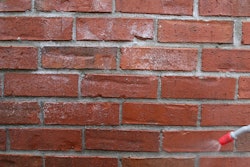
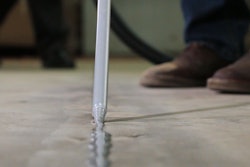





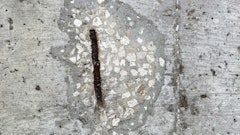

![Strux Macrofibers 58c9b97fd4aaf[1]](https://img.forconstructionpros.com/mindful/acbm/workspaces/default/uploads/2025/08/strux-macrofibers58c9b97fd4aaf1.cNEEIfY9kp.png?ar=16%3A9&auto=format%2Ccompress&fit=crop&h=135&q=70&w=240)
